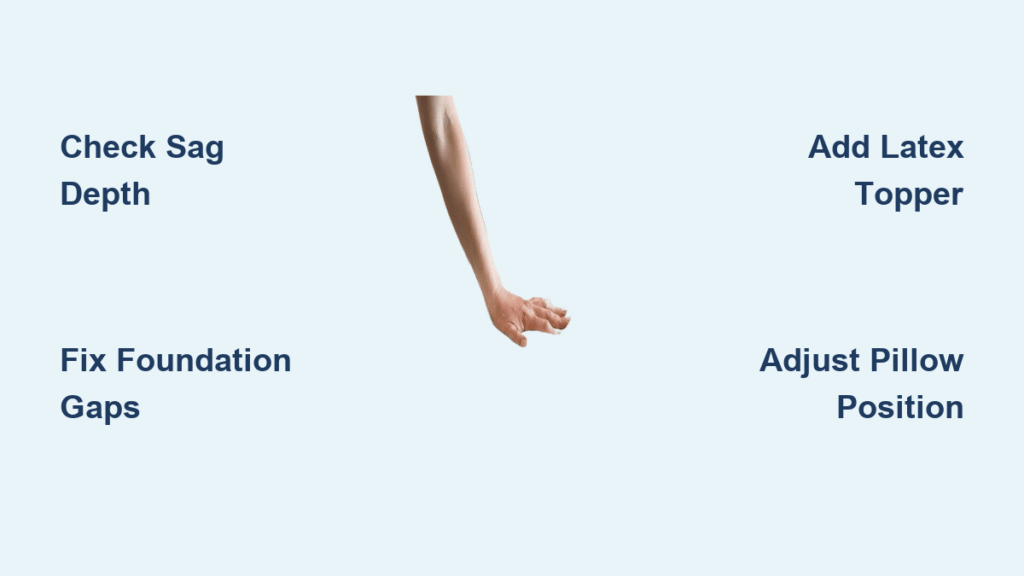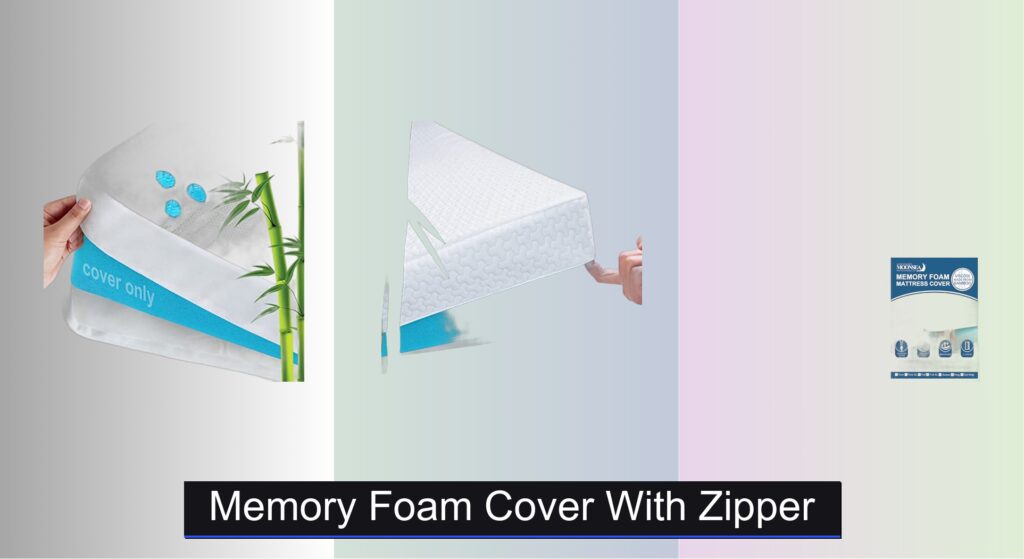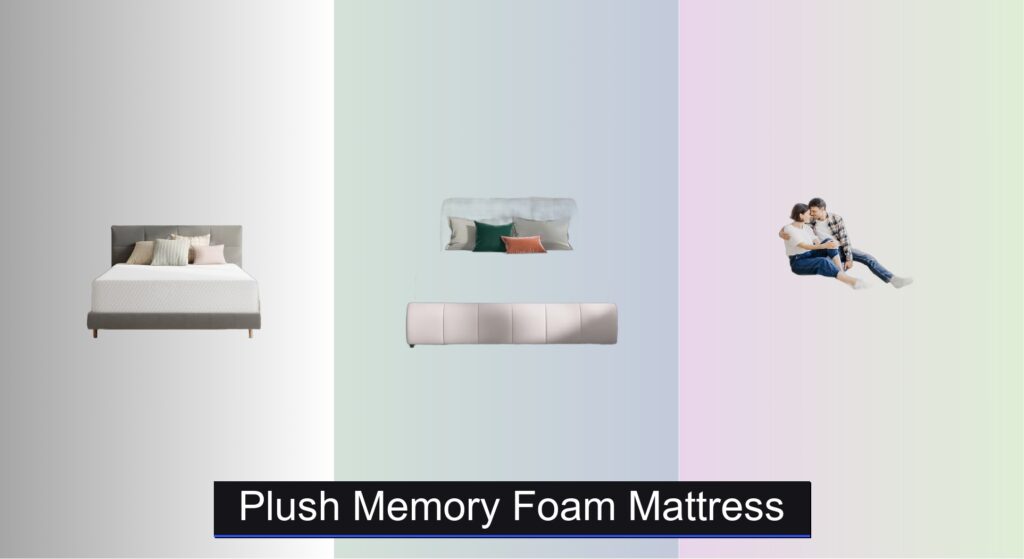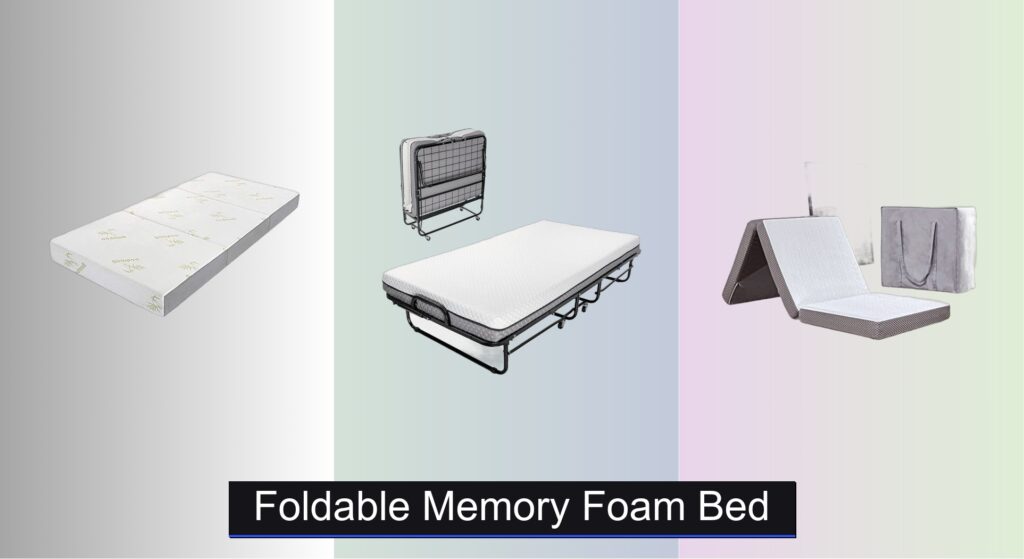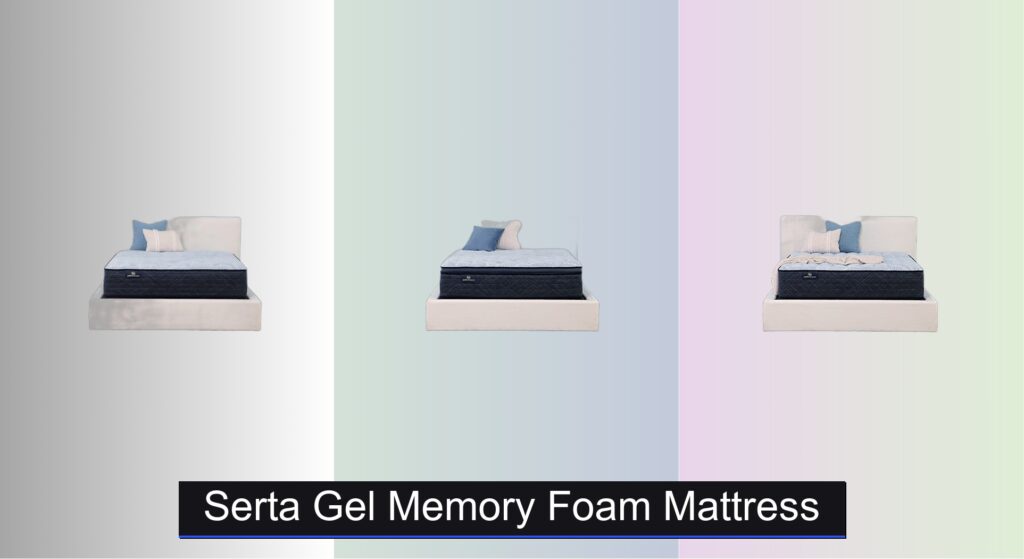Waking up with back pain after sleeping on memory foam? You’re not imagining things. While 80% of Americans battle back pain, your mattress might be secretly fueling the fire. That “cloud-like” memory foam promising relief can actually twist your spine into a painful “C” shape when hips sink too deep. The cruel irony? The same material cushioning your joints could be straining your lumbar muscles all night. But here’s the good news: Most memory foam back problems stem from fixable mismatches—not the foam itself. This guide reveals why your mattress hurts your back, how to diagnose the exact issue in under 10 minutes, and proven solutions starting tonight. No more guessing games between sagging foam and genuine spinal relief.
Why Your Memory Foam Mattress Is Twisting Your Spine
Hips Sinking Below Shoulder Level Creates Spinal Hammocking
When memory foam is too soft for your body weight, your hips plunge deeper than your shoulders and knees—like lying in a hammock. This exaggerated “S” curve strains ligaments and pinches nerves, causing morning stiffness that fades only after 30 minutes of movement. Heavier sleepers (over 230 lbs) feel this most acutely, but even lighter side sleepers sink too far if the foam density falls below 4 lb/ft³. Critical fix: Your hips and shoulders must align horizontally with your head and knees. Test this tonight by having a partner take a side photo of you lying down.
Firmness Confusion Masks Support Failures
That initial “plush” feel tricks 62% of buyers into thinking they’ve found comfort. But firmness isn’t support—it’s just surface softness. Low-density foam (under 3 lb/ft³) compresses permanently within months, creating hidden dips that force your spine out of alignment. Meanwhile, a medium-firm mattress with a high-density base (1.8+ lb/ft³) can feel soft yet keep your spine neutral. Pro Tip: Press your fist into the mattress—if it leaves a deep, slow-to-rebound impression, the foam lacks resilient support for back health.
Foundation Gaps Sabotage Spinal Alignment
Even perfect memory foam fails on a weak foundation. Slats spaced wider than 2 inches let foam bow between them, creating micro-sags that strain your lumbar curve. Queen and king sizes without a center support bar worsen this. Quick Diagnosis: Slide a credit card between slats—if it drops through freely, gaps exceed safe limits. Traditional spring box springs are memory foam’s worst enemy, compressing unevenly and accelerating foam breakdown.
7 Immediate Fixes for Memory Foam Back Pain
Confirm Foundation Flaws in 5 Minutes
Before replacing your mattress, rule out base issues:
– Slat gap test: Place a business card across slats—if it falls through, gaps exceed 2 inches.
– Center beam check: Queens/kings need a rigid central support touching the floor.
– Box spring swap: Replace spring bases with a solid platform or adjustable frame rated for foam.
Time estimate: 3 minutes. Fixes 30% of “faulty mattress” complaints.
Measure Sag Depth With String Test
Add Targeted Support Without Buying New
If sag is minimal but pain persists:
– 2-inch latex topper: Boosts surface tension without heat retention (ideal for back sleepers).
– 1/2-inch plywood sheet: Place between mattress and base to eliminate excessive give.
– 180° rotation: Evens wear patterns in one-sided foam every 3 months.
Warning: Avoid thick memory foam toppers—they worsen sinkage.
Optimize Sleep Position With Strategic Pillows
- Side sleepers: Place a firm pillow between knees to stack hips vertically. Pro Tip: Fold a towel lengthwise for lumbar support if hips tilt forward.
- Back sleepers: Use a lumbar roll (or rolled towel) under your lower back’s natural curve.
- Stomach sleepers: Slide a thin pillow under your pelvis to prevent over-arching.
Time-saving hack: Set phone alarm for 10 PM to adjust pillows before falling asleep.
Track Break-In Progress With Pain Log
Memory foam needs 30 nights to fully soften. Track nightly:
1. Pain level (1-10) upon waking
2. Location (lower back, shoulders, neck)
3. Time to relief after moving
If pain increases after night 14, it’s not “breaking in”—it’s failing.
Upgrade to Zoned Support Construction

When DIY fixes fail, prioritize these features:
– Targeted lumbar reinforcement: Firmer foam zone under lower back (common in hybrids).
– Dual-tension options: Split firmness for couples via zip-and-link systems.
– High-density transition layer: Minimum 1.8 lb/ft³ foam between comfort and core.
Avoid flat foam stacks—they lack spinal zoning.
Leverage Trial Policies With Evidence
Document everything before returning:
1. Photos of sag measurements (use ruler in shot)
2. Daily pain logs from break-in period
3. Foundation verification (slat gap photos)
Most brands require proof of proper base support to honor 100-night trials.
Choose the Right Firmness for Your Body Tonight
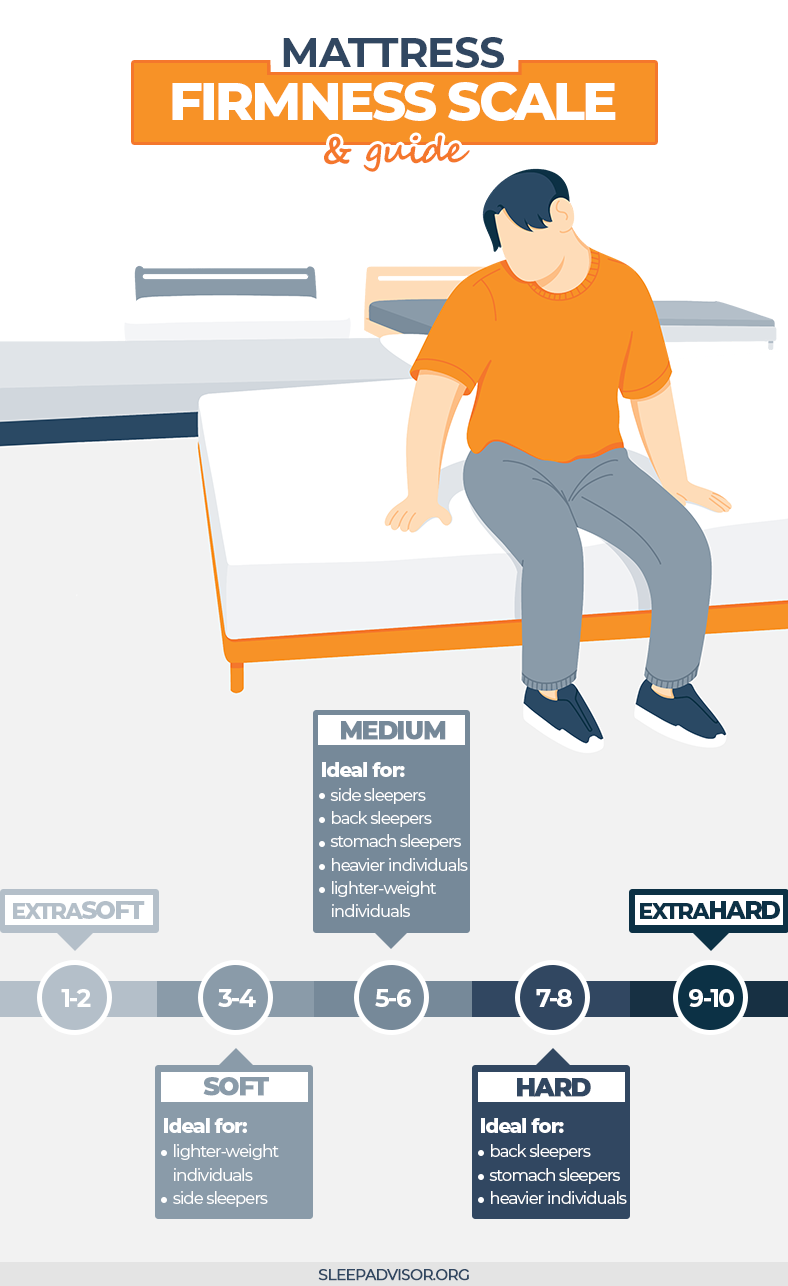
| Your Weight | Best for Side Sleeping | Best for Back/Stomach Sleeping |
|---|---|---|
| Under 130 lbs | Soft (3-4 firmness) | Medium (5-6 firmness) |
| 130-230 lbs | Medium (5-6) | Medium-Firm (6-7) |
| Over 230 lbs | Medium-Firm (6-7) | Firm (7-8) |
Critical nuance: Side sleepers need softer surface foam (to sink shoulders/hips) but firm core support (to prevent spinal bowing). Most all-foam mattresses fail here—prioritize hybrids with pocket coils under memory foam.
Memory Foam Alternatives That Actually Support Spines
Pocket-Spring Hybrids for Balanced Contouring
Individually wrapped coils prevent motion transfer while a thin (1-2 inch) memory foam layer cushions joints. Heavier sleepers (230+ lbs) get resilient support without sinkage. Pro Tip: Look for 1,000+ coils in queen size for even weight distribution.
Natural Latex for Instant Spinal Alignment
Dunlop or Talalay latex rebounds faster than memory foam, lifting hips into neutral alignment. Its natural cooling prevents heat-triggered tossing that strains backs. Durability bonus: Lasts 15+ years vs. memory foam’s 8-10.
Prevent Future Pain With 4 Maintenance Moves
- Rotate religiously: One-sided foam → 180° flip every 3 months. Two-sided → full flip + rotation monthly.
- Vacuum quarterly: Remove skin cells that degrade foam with a brush attachment.
- Use breathable protectors: Waterproof covers trap moisture—opt for organic cotton with TPU lining.
- Check slats annually: Bent slats cause uneven support; replace if cracked.
Quick-Reference Buying Checklist
– [ ] Foam density: ≥4 lb/ft³ comfort layer, ≥1.8 lb/ft³ base
– [ ] Slat gaps: ≤2 inches (verify with credit card test)
– [ ] Trial period: ≥100 nights with free pickup
– [ ] Sag warranty: ≤1 inch depth threshold
– [ ] Lumbar zone: Targeted reinforcement for back sleepers
Memory foam shouldn’t trade temporary comfort for chronic back pain. If your mornings begin with stiffness that eases only after moving, your mattress is failing its core job. Run the string sag test tonight—anything deeper than 1 inch means critical support loss. Most often, a foundation upgrade, strategic pillow placement, or plywood sheet solves the problem without buying new. When it doesn’t, switch to a pocket-spring hybrid or latex mattress with zoned support matching your weight and sleep style. Remember: Your spine needs lift, not sink. With these fixes, your next sunrise could finally bring relief instead of aching reminders. Stop enduring pain from the very surface meant to heal you—your pain-free sleep starts tonight.

